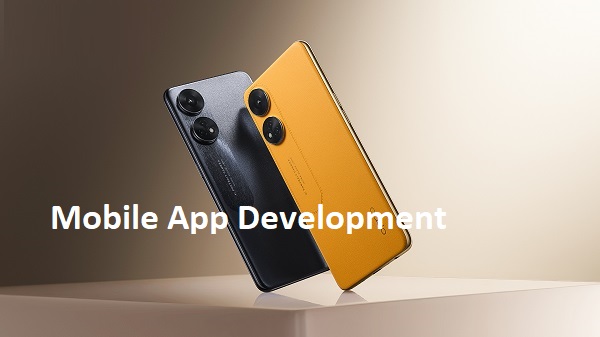
11 March, 2023 22:31

Mobile app development has revolutionized the way people use their smartphones and tablets. With the ever-increasing demand for mobile apps, businesses of all sizes are investing in mobile app development to reach out to their customers and increase their revenue. In this article, we will dive deeper into mobile app development, explore the different types of mobile apps, and discuss the steps involved in the mobile app development process.
Types of Mobile Apps
Native Mobile Apps
Native mobile apps are developed for a specific platform, such as iOS or Android. These apps are designed to run on the device's operating system and are optimized for performance and user experience. Native mobile apps are developed using platform-specific programming languages and tools, such as Swift and Xcode for iOS and Java and Android Studio for Android.
Hybrid Mobile Apps
Hybrid mobile apps are developed using web technologies, such as HTML, CSS, and JavaScript. These apps are then packaged into a native wrapper that allows them to be installed and run like a native mobile app. Hybrid mobile apps can be developed once and then deployed across multiple platforms, making them a cost-effective solution for businesses.
Web Apps
Web apps are mobile apps that are accessed through a web browser. These apps are developed using web technologies, such as HTML, CSS, and JavaScript, and are optimized for mobile devices. Web apps are not installed on the device and are accessed through a URL, making them easy to update and maintain.
Steps in the Mobile App Development Process
Ideation
The first step in the mobile app development process is ideation. This involves brainstorming ideas for the app, researching the market, and identifying the target audience. The ideation phase is critical as it sets the foundation for the rest of the development process.
Planning
Once the idea for the app is finalized, the next step is planning. This involves creating a project plan that outlines the scope, timeline, and budget for the project. The project plan also includes a list of features and functionalities that the app will have, as well as wireframes and mockups that illustrate the app's design.
Design
The design phase involves creating the visual and user interface (UI) design for the app. This includes creating a color scheme, selecting fonts and icons, and creating UI elements such as buttons and menus. The design phase also includes creating a prototype of the app, which allows developers to test the app's functionality and user experience.
Development
The development phase is where the actual coding of the app takes place. Developers use programming languages such as Java, Swift, and Kotlin to develop the app's features and functionalities. During the development phase, the app is tested extensively to ensure that it works as expected and meets the project requirements.
Testing
The testing phase involves testing the app's functionality, performance, and user experience. This includes both manual and automated testing, as well as testing on different devices and operating systems. The testing phase is critical as it ensures that the app is free of bugs and works as expected.
Deployment
Once the app is tested and approved, it is ready for deployment. This involves uploading the app to the app store, such as the Apple App Store or Google Play Store, and making it available for download. The deployment phase also includes creating a marketing plan to promote the app and reach out to the target audience.
Conclusion
Mobile app development is a complex process that involves multiple steps, from ideation to deployment. The type of app that is developed depends on the business's requirements and budget. Native mobile apps offer the best performance and user experience, while hybrid mobile apps offer a cost-effective solution for businesses. Web apps are a good choice for businesses that want to provide access to their services through a mobile device without the need.
আপনার মন্তব্য